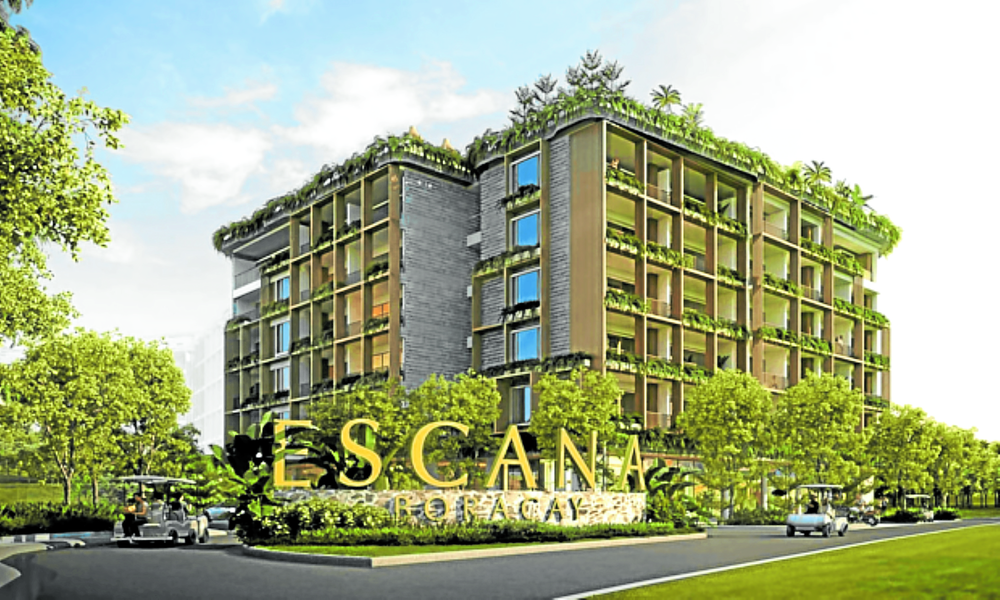A sea change
The Philippine property market is definitely starting to see green shoots of recovery.
We are recording office space deals within and outside Metro Manila and we were able to avert the 20 percent vacancy mark in the capital region as of Q1 2024. The leisure segment is back with a vengeance with average occupancy in the capital region averaging about 65 ercent, much better than the 20 percent we recorded at the height of the pandemic.
As a result, foreign and Philippine brands are expanding across the country. People are starting to go out and spend that’s why malls are bustling with consumers, with foreign retailers aggressively looking for physical mall space to occupy; while the industrial sector has always been stable with developers expanding their footprint to cater to locators’ demand, especially those involved in electronics and electric vehicles.
We are also seeing growth in the residential sector especially for property firms that have projects outside of Metro Manila. It’s worth noting that the Metro Manila pre-selling condominium market continues to see tepid launches and take up. We attribute this to elevated interest and mortgage rates, among other factors.
But while the Metro Manila pre-selling market is gradually recovering, major developers have taken an aggressive stance in expanding outside the capital region. Major players are actively landbanking and developing expansive masterplanned communities in prime development hubs outside of the capital region.
Some foreign firms, including Japanese developers, are not to be left behind. In fact, efforts to firm up partnerships with Filipino firms have been ramped up to seize the gargantuan demand for horizontal projects outside of metropolitan areas such as Metro Manila, Cebu, and Davao. These partnerships are definitely not concluded on a whim. They are formidable, to say the least, and are here for major project launches in the foreseeable future.
More JVs for upscale to luxury projects
The share of upscale to luxury residential projects to total pre-selling take up in Metro Manila increased to 18 percent in 2023 from 10 percent in 2022. This is primarily due to the rising share of higher-priced condominium units to total launches in the pre-selling market in 2023.
While the supply and demand for mid-income projects has held firm, the share of pre-selling condos priced at least P12 million per unit has steadily increased particularly after 2020 and 2021.
In our view, developers planning to launch projects within the upscale to luxury and even ultra luxury price band should consider joint venture (JV) deals either with local players or foreign developers.
We have seen property firms implementing this strategy as they attempt to push their pre-selling residential prices higher. Colliers believes that these partnerships should be beneficial to developers with limited landbank.
As of end-2023, Colliers data showed that joint venture luxury projects in Metro Manila have take-up rates of between 64 percent and 100 percent. The demand from the more affluent market has held firm and we do not see this fluctuating in the near to medium term.
In fact, with the Philippine economy’s continued growth supported by steady inflow of remittances and Filipino investors’ expanding purchasing power, we only see this market growing. Developers need to keep up that’s why we expect them to zero in on this thriving demand.
Leisure-themed and eco-tourism projects outside Metro Manila
Developers have been taking advantage of the rising demand for resort or leisure-oriented properties outside Metro Manila. These projects were already popular pre-Covid but the pandemic only highlighted the need for these leisure-themed residential enclaves that offer high-end amenities as well as greener and more open spaces.
Among the developers that have leisure-centric properties outside Metro Manila include Rockwell, Megaworld, Ayala Land, Robinsons Land, Brittany of the Villar Group, Torre Lorenzo, and Damosa Land with projects located in Cavite, Cebu, Davao, Bohol, Iloilo, Palawan and Batangas. These projects remain popular despite being among the most expensive in the market and Colliers encourages developers to further assess launching similar projects.
What’s interesting and exciting for local investors is that these firms will likely test other thriving markets for future projects and are scheduled to launch more resort and/or leisure-themed developments.
Some of these companies are even planning to launch more projects in Baguio, Boracay, and Siargao. In our view, these are locations that hold a lot of promise not just because they are among the most popular tourist destinations, but also given the strong rental prospects and potential for capital appreciation backed by the vigorous recovery of the Philippine tourism.
The Tourism department is forecasting 7.7 million international arrivals this year and 12 million in 2028 while the domestic tourism is growing by leaps and bounds—the Tourism department recorded 102 million local trips in 2022, from 37 million in 2021. These are encouraging figures for leisure stakeholders including Philippine property developers. Leisure opportunities are there for the taking!
The author is the director and head of Research of Colliers Philippines.

